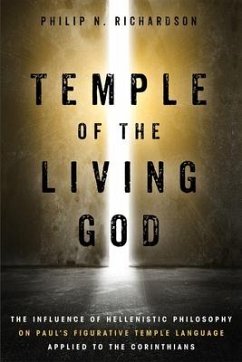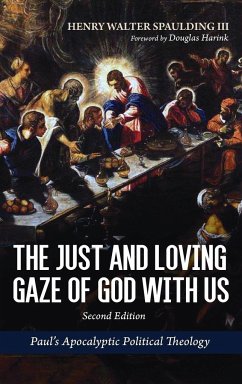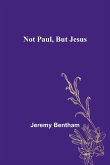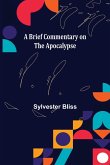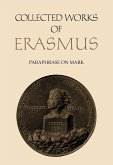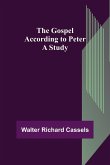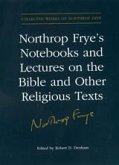When writing to the Corinthians, the Apostle Paul used figurative temple language repeatedly to shape the identity of his audience ("Temple of God," "Temple of the Holy Spirit," and "Temple of the Living God"). While other scholars have identified the place of the Jerusalem temple in Paul's thinking or the impact of temples in the life of Corinth, there has been no comprehensive study of the way that figurative temple language in philosophy could have influenced the Corinthians' worldview. Hellenistic philosophy was pervasive in the first century and provided theological guidance for faith and practice to Paul's Gentile audience before their conversion.
Bitte wählen Sie Ihr Anliegen aus.
Rechnungen
Retourenschein anfordern
Bestellstatus
Storno

